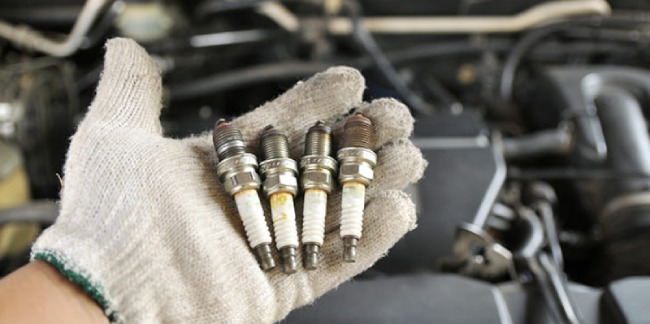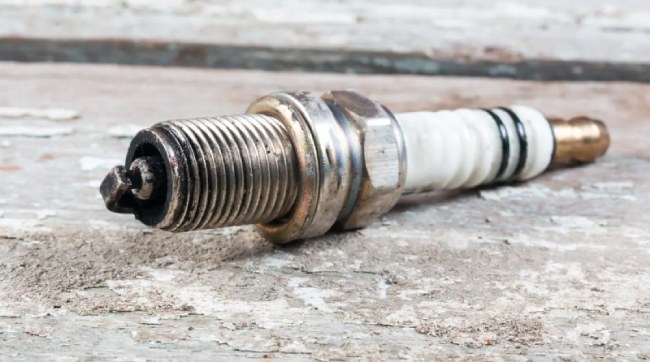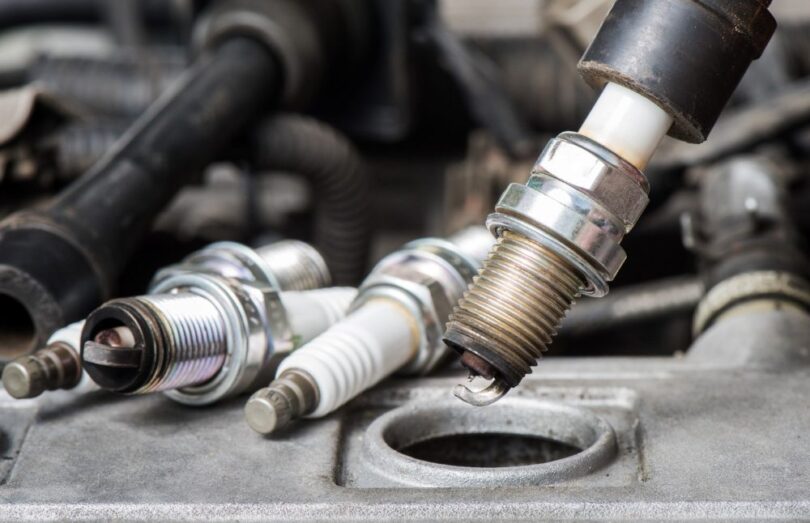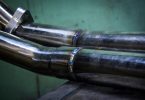While most of us know what spark plugs are, rarely do they get the attention they deserve. These engine parts play a role in how your car works, and when they’re not functioning as they should, you’ll immediately notice that something’s wrong. Choosing replacements may seem relatively simple when compared to other car parts, but there are also performance variants that cost a little more and provide the punch you need for more engine power.
What Spark Plugs Do

These are parts that provide the initial spark that gets the engine going. The bolt of electricity emitted across a small gap in the plug tip is enough to ignite the air and fuel mixture that gasoline engines need during the combustion stroke. This sets off a whole chain of events, creating the explosion that pushes down pistons and turns the crank. Essentially, without spark plugs, you won’t be going anywhere.
The interesting thing is this happens hundreds of times a minute and under extreme conditions. Huge amounts of voltage, around 35000 Volts, are delivered from the car’s ignition coil through the plugs’ conductors to the tips while being faced with the extreme heat and immense pressure created in the engine block. It’s an environment, and not many parts can survive. That’s why plugs need to be built tough and still can get the best your engine has to give.
Crucial Components

The design of spark plugs has remained relatively unchanged. There is a central electrode running along the length of the plug, and this is what carries the current from the coils or plug wires.
At the top is a metal terminal connecting the electrode and plug to the ignition system. Just below is an insulating and ribbed shell to contain the high voltage and prevent flashovers to other engine parts.
Plugs are screwed into the cylinder head and a hex head helps when tightening and loosening the plug and also grounds it against the cylinder head. Below this is a gasket that prevents combustion gases from escaping. The spark is created in the gap between the central and side (or ground) electrode and this is what ignites the fuel and air mix.
Differences in materials, especially in the electrodes are what determine how long the plugs last and how they perform. If you’re specifically looking for performance spark plugs, then precious metals in the electrodes work best and provide more efficiency. They also produce cleaner sparks and extract more power in the combustion cycle.
Additionally, slight design differences mean plugs for different uses. Resistor plugs are common in all OEM applications today and have additional resistors around the central electrode to prevent radio frequency interference with electronics, most notably with the ECU.
This somewhat lowers the total voltage output. Hotter and stronger sparks are achieved in non-resistor plugs, as they have no limits to spark output, making them the preferred type for stripped-down cars used only on the track.
Other features extend plug longevity and improve efficiency. Plugs with multiple ground electrodes distribute the spark over a wider area to help with better burning and less wear.
Moreover, types with projected tips have central electrodes that protrude further out of the steel casing than in standard-tipped plugs, meaning sparks are created deeper in the combustion chamber and are ideal for idling and mid-range engine speeds and maintaining consistent temperatures. They’re also less prone to fuel fouling. These are commonly seen in ‘hot spark plugs’. Standard tip cold plugs, though are more common in engines producing more horsepower, and cars with power adders like turbos and superchargers.
Types of Spark Plug According to Materials
The different materials used to make electrodes mean spark plugs with different properties. Almost all have copper electrodes, as the material is a good conductor, even of the very high voltages seen in today’s cars.
Where copper falls short in durability and longevity due to quicker wear under high temperatures and vibrations in engines spinning at very high speeds. That’s why precious metals, like platinum and iridium, are used, as they last longer and perform better.
Copper Spark Plugs
These are the most common, cheapest to buy, and especially good in applications that require frequent plug replacements. And they’re the standard type most cars are fitted with straight out of the factory.
Besides the copper electrodes, they have a nickel alloy outer. Their shortcomings are the lower mileage ratings, generally around 30 thousand miles in ‘normal’ driving, and lower heat ratings meaning they won’t do well in cars pushing more heat, such as those with turbines or power additions. Typical signs of failure are advanced wear in the electrode tips, leading to lower efficiency, frequent misfires, and loss of power.
Platinum and Double Platinum Plugs
Platinum plugs are a step up, with single platinum spark plugs consisting of a platinum coating on the copper core of the central electrode only, while double platinum plugs have platinum in both the central and side electrodes. They can endure much higher temperatures and therefore have longer lifespans, averaging around 70 thousand miles. They are less prone to carbon buildup and provide consistent engine performance over a longer period.
Iridium Spark Plugs
Iridium plugs are for anyone needing only the best. The material has the highest melting point of any material used in spark plugs, averaging over 2400 degrees, and the plugs will last over 100 thousand miles, even in more spirited driving. They have a somewhat different design, using thinner fine wire centers of 4mm able to work with less voltage, thus leading to cleaner and more efficient combustion. And these are the types most buyers think of when looking for performance spark plugs.
Heat Ranges
The last thing to consider when choosing spark plugs for your application is the heat range. This refers to how efficient the plugs are in dissipating heat away from the electrodes and is indicated by a number. Cold plugs are what you want if you’re running an engine with advanced ignition timing, higher compression rates, and turbines. These high-performance spark plugs can better adjust to abrupt changes in engine speeds and produce more consistent sparks across a wider rev range.
Hot plugs are more about idling, mid-range ability, and lower emissions, so they are not suited to higher speeds. They do, however, remain cleaner since they’re less susceptible to carbon fouling. When buying spark plugs, consider balancing your needs between plugs that are hot enough to prevent fouling and cold enough to avoid engine knock, while belting out heaps of power.
Conclusion
While spark plugs may be small components within the intricate machinery of an automobile, their significance cannot be overstated. They serve as the catalyst for the controlled explosions that power our vehicles, operating relentlessly under extreme conditions.
That said, understanding how these parts work, as well as the materials they’re made of, design variations, and heat ranges, is crucial for ensuring optimal engine performance. We hope this article helped you understand the whats and hows of spark plugs so you can make an informed decision when the time comes to get new ones.










Leave a Comment